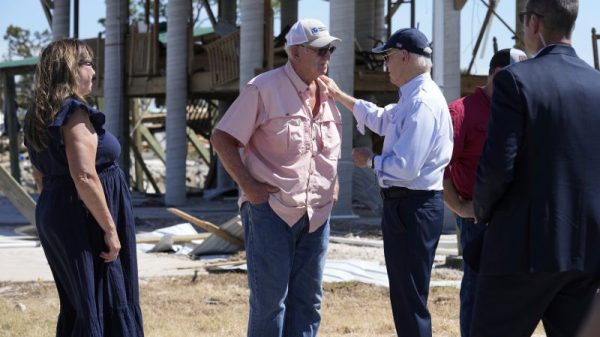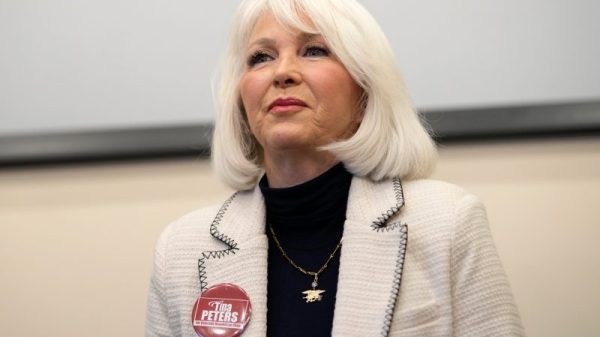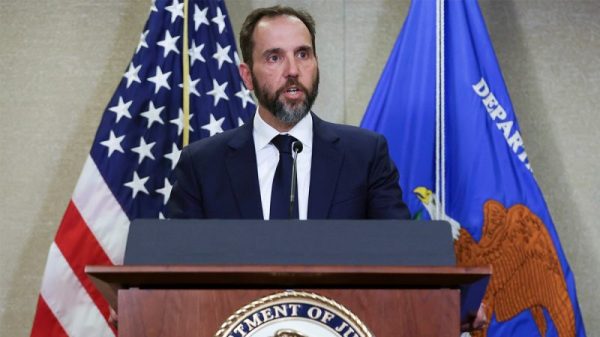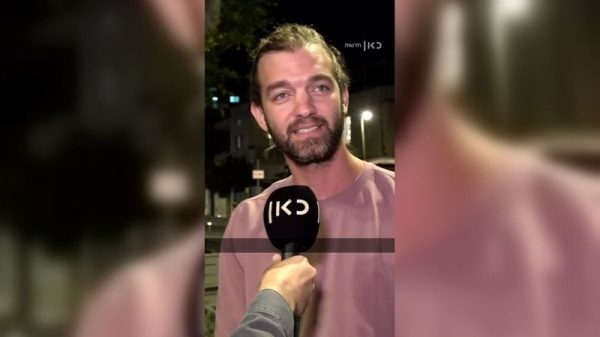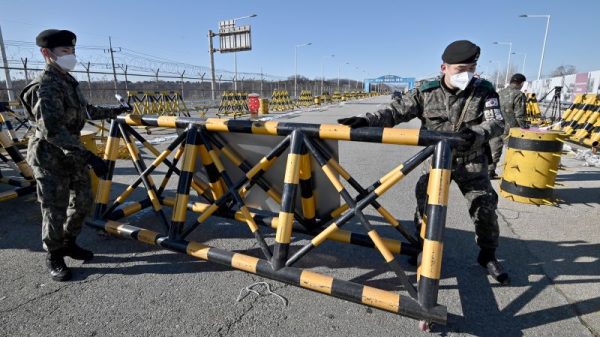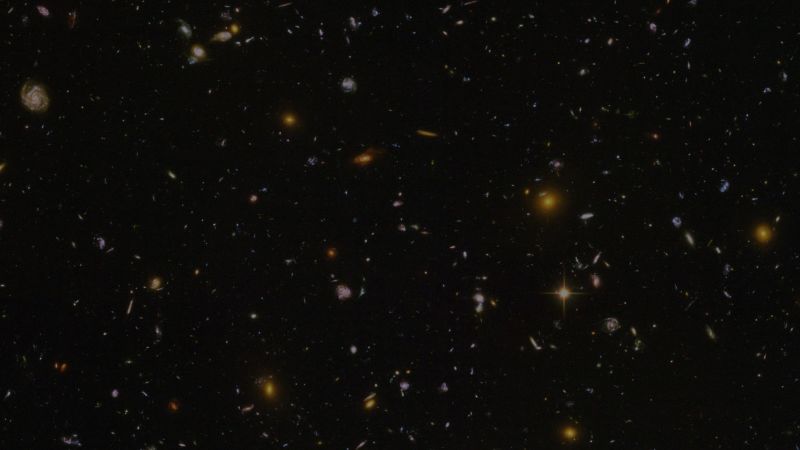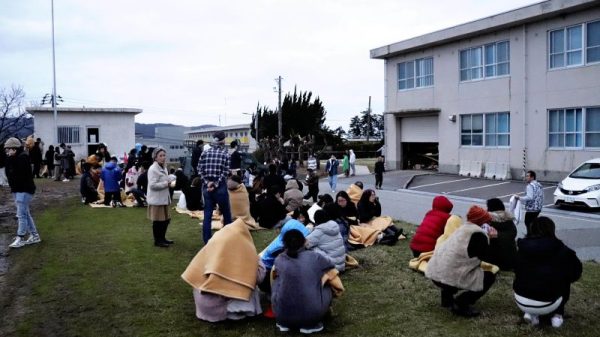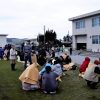Astronomers have discovered a “super-Earth,” or a world larger than our planet, orbiting a star about 137 light-years away. A second planet, thought to be the size of Earth, may also be orbiting the same star.
The super-Earth exoplanet, known as TOI-715b, orbits a red dwarf star that is cooler and smaller than our sun. Astronomers spotted the planet using NASA’s TESS, or Transiting Exoplanet Survey Satellite, mission. A study detailing the discovery was published in January in the Monthly Notices of the Royal Astronomical Society.
Researchers have determined that the planet, estimated to be one and a half times as wide as our planet, takes just over 19 Earth days to complete one orbit around its star. The planet is close enough to its star to exist within the habitable zone, or the distance from a star that provides a planet with the right temperature for liquid water to exist on its surface.
The habitable zone is usually calculated based on factors such as the size, temperature and mass of a star as well as the reflectivity of a planet’s surface. But there can be large margins of error associated with these factors, calling into question whether a planet really resides in the habitable zone, said lead study author Dr. Georgina Dransfield, a postdoctoral researcher at the University of Birmingham’s School of Physics and Astronomy in the United Kingdom.
Astronomers believe that TOI-715b exists in a narrow and more optimal region around the star known as the conservative habitable zone, which is less likely to be affected by the margins of error.
“This discovery is exciting as it’s the first super-Earth from TESS to be found within the conservative habitable zone,” Dransfield said. “Additionally, as it’s relatively close by, the system is suitable for further atmospheric investigations.”
TESS, the planet hunter
Since it launched in 2018, TESS has helped astronomers spot planets around relatively nearby stars suitable for follow-up observations with ground- and space-based observatories.
“This is allowing us to get a much clearer picture of the diversity of exoplanetary systems orbiting a broad range of stellar types,” Dransfield said.
Telescopes can pick up on dips in starlight that indicate the planet is passing in front of its star, and those dips in starlight are called transits. TOI-715b is close to its star and has a quick orbit, meaning that the planet passes in front of its star, or transits, frequently. As a result, the exoplanet is an optimal candidate for future observations with the James Webb Space Telescope. The Webb telescope sees the universe in infrared light, which is invisible to the human eye, and can peer inside the atmospheres of planets.
As the planet transits the star, starlight filters through it, allowing Webb to look for evidence of an atmosphere and even determine the planet’s atmospheric composition. And understanding whether planets have atmospheres can reveal more about their ability to be potentially habitable for life.
“We really want to know the planet’s mass with high precision to understand if it’s a true super-Earth or a member of the novel category of ocean worlds,” Dransfield said, referring to moons with global oceans such as Jupiter’s Europa or Saturn’s Enceladus. “This will allow us to really shape our follow-up investigations and learn more about exoplanet demographics as a whole.”
To confirm the existence of the likely Earth-size second planet, researchers need more successful observations of the planet’s transits in different wavelengths of light, Dransfield said.
If the Earth-size planet is confirmed, it will become the smallest planet yet that TESS has found in a habitable zone.
The search for Earth-like planets
Red dwarf stars are the most common stars in our galaxy, and a number of them have been found to host small, rocky worlds, such as the recently discovered TRAPPIST system with its seven planets, located 40 light-years away. Planets that orbit more closely to these smaller, cooler stars could receive enough warmth to be potentially habitable.
But a key question is whether these planets are also close enough to be lashed by stellar flares and radiation, which could erode their atmospheres, evaporate water and limit their ability to be habitable for life.
TOI-715b’s star has only shown a couple of flares within the past two years and isn’t considered active, making it an old star, Dransfield said.
In the future, astronomers hope to have the ability to search for planets around stars more similar to our sun, which will require the ability to block intense starlight to find faint Earth-size planets.
Upcoming missions such as the European Space Agency’s PLATO, or PLAnetary Transits and Oscillations of stars, will carry 26 cameras to study Earth-like planets in habitable zone orbits around sun-like stars. The mission is expected to launch in 2026.
“So far, no telescope has been capable of this, but it should be possible within the next decade,” Dransfield said, referring to PLATO. “This will be one of the most anticipated discoveries, as it will begin to show us how common planets truly similar to Earth really are.”







